Robust Resource Allocation Algorithm for RIS-Assisted MISO Systems with Eavesdroppers
-
摘要: 针对信道不确定性影响、用户信息泄露和能效提升等问题,该文提出一种基于不完美信道状态信息的可重构智能反射面(RIS)多输入单输出系统鲁棒资源分配算法。首先,考虑能量收集最小接收功率约束、合法用户最小保密速率约束、基站最大发射功率约束及RIS相移约束,基于有界信道不确定性,建立一个联合优化基站主动波束、能量波束、RIS相移矩阵的多变量耦合非线性资源分配问题。然后,利用Dinkelbach,S-procedure和交替优化方法,将原非凸问题转换成确定性凸优化问题,并提出一种基于连续凸近似的交替优化算法。仿真结果表明,与传统非鲁棒算法对比,所提算法具有较低的中断概率。Abstract: To resolve the problems of the effect of channel uncertainties, information leakage of users and energy-efficient improvement, a robust resource allocation algorithm for Reconfigurable Intelligent Surface (RIS)-assisted multiple-input single-output systems with eavesdroppers and imperfect channel state information is proposed. Firstly, considering the constraints of the minimum received power of energy-harvesting devices, the minimum secure rate of each legitimate user, the maximum transmit power of the base station and the phase-shift matrix of RIS, a multi-variable coupling and nonlinear resource optimization problem is formulated by jointly optimizing the information beamforming, energy beamforming and the phase shifts under bounded channel uncertainties. Then, the original non-convex problem is transformed into a deterministic convex one by using Dinkelbach’s method, S-Procedure and the alternating optimization method. An alternating optimization algorithm based on successive convex approximation is proposed to solve the problem. Simulation results show that the proposed algorithm has lower outage probabilities by comparing it with the traditional non-robust algorithms.
-
表 1 基于连续凸近似的交替优化算法
(1)初始化参数:相移向量$ {{\boldsymbol{q}}^{(0)}} $,波束矩阵$ \{ {\boldsymbol{W}}_k^{(0)}\} ,{\boldsymbol{V}}_r^{(0)} $,初始迭代次数$ i = 1 $,最大迭代次数$ {i_{\max }} $,初始能效$ {\eta ^{(0)}} = 0 $,收敛精度$ \varepsilon $; (2)重复 (a)通过给定的相移$ {{\boldsymbol{q}}^{(i - 1)}} $和$ {\eta ^{(i - 1)}} $求解问题式(32)获得$ \{ {\boldsymbol{W}}_k^{(i)}\} ,{\boldsymbol{V}}_r^{(i)} $; (b)更新$ {\boldsymbol{W}}_k^{(i + 1)}{\text{ = }}{\boldsymbol{W}}_k^{(i)} $,$ {\boldsymbol{V}}_r^{(i + 1)}{\text{ = }}{\boldsymbol{V}}_r^{(i)} $,根据$ {{\boldsymbol{Q}}^{(i - 1)}} $求解问题式(45)获得$ {{\boldsymbol{Q}}^{(i)}} $,由$ {{\boldsymbol{Q}}^{(i)}} = {{\boldsymbol{\bar q}}^{(i)}}\;{({{\boldsymbol{\bar q}}^{(i)}})^{\text{H}}} $和$ {{\boldsymbol{q}}^{(i)}}\; = {[{{\boldsymbol{\bar q}}^{(i)}}]_{(\;1:N)}} $获得$ {{\boldsymbol{q}}^{(i)}} $; (c)更新$ {{\boldsymbol{Q}}^{(i + 1)}}{\text{ = }}{{\boldsymbol{Q}}^{(i)}} $,$ {\eta ^{(i + 1)}} = {\eta ^{(i)}} $,$ i = i + 1 $;
(3)直到 $\left| {\dfrac{ { {\eta ^{(i + 1)} } - {\eta ^{(i)} } } }{ { {\eta ^{(i)} } } }} \right| \le \varepsilon$,获得$ \{ {\boldsymbol{W}}_k^*\} ,{\boldsymbol{V}}_r^*,{{\boldsymbol{q}}^*} $。 -
[1] XU Yongjun, GUI Guan, GACANIN H, et al. A survey on resource allocation for 5G heterogeneous networks: Current research, future trends, and challenges[J]. IEEE Communications Surveys & Tutorials, 2021, 23(2): 668–695. doi: 10.1109/COMST.2021.3059896 [2] 徐勇军, 刘子腱, 李国权, 等. 基于NOMA的无线携能D2D通信鲁棒能效优化算法[J]. 电子与信息学报, 2021, 43(5): 1289–1297. doi: 10.11999/JEIT200175XU Yongjun, LIU Zijian, LI Guoquan, et al. Robust energy efficiency optimization algorithm for NOMA-based D2D communication with simultaneous wireless information and power transfer[J]. Journal of Electronics &Information Technology, 2021, 43(5): 1289–1297. doi: 10.11999/JEIT200175 [3] ZARGARI S, FARAHMAND S, ABOLHASSANI B, et al. Robust active and passive beamformer design for IRS-aided downlink MISO PS-SWIPT with a nonlinear energy harvesting model[J]. IEEE Transactions on Green Communications and Networking, 2021, 5(4): 2027–2041. doi: 10.1109/TGCN.2021.3093825 [4] LIU Jingxian, XIONG Ke, LU Yang, et al. Energy efficiency in secure IRS-aided SWIPT[J]. IEEE Wireless Communications Letters, 2020, 9(11): 1884–1888. doi: 10.1109/LWC.2020.3006837 [5] GUO Songtao, SHI Yawei, YANG Yuanyuan, et al. Energy efficiency maximization in mobile wireless energy harvesting sensor networks[J]. IEEE Transactions on Mobile Computing, 2018, 17(7): 1524–1537. doi: 10.1109/TMC.2017.2773067 [6] HUANG Chongwen, ZAPPONE A, ALEXANDROPOULOS G C, et al. Reconfigurable intelligent surfaces for energy efficiency in wireless communication[J]. IEEE Transactions on Wireless Communications, 2019, 18(8): 4157–4170. doi: 10.1109/TWC.2019.2922609 [7] XU Yongjun, XIE Hao, WU Qingqing, et al. Robust max-min energy efficiency for RIS-aided HetNets with distortion noises[J]. IEEE Transactions on Communications, 2022, 70(2): 1457–1471. doi: 10.1109/TCOMM.2022.3141798 [8] ZHI Kangda, PAN Cunhua, REN Hong, et al. Power scaling law analysis and phase shift optimization of RIS-aided massive MIMO systems with statistical CSI[J]. IEEE Transactions on Communications, 2022, 70(5): 3558–3574. doi: 10.1109/TCOMM.2022.3162580 [9] WU Qingqing and ZHANG Rui. Towards smart and reconfigurable environment: Intelligent reflecting surface aided wireless network[J]. IEEE Communications Magazine, 2020, 58(1): 106–112. doi: 10.1109/MCOM.001.1900107 [10] XU Dongfang, YU Xianghao, JAMALI V, et al. Resource allocation for large IRS-assisted SWIPT systems with non-linear energy harvesting model[C]. 2021 IEEE Wireless Communications and Networking Conference (WCNC), Nanjing, China, 2021: 1–7. [11] KHALILI A, ZARGARI S, WU Qingqing, et al. Multi-objective resource allocation for IRS-aided SWIPT[J]. IEEE Wireless Communications Letters, 2021, 10(6): 1324–1328. doi: 10.1109/LWC.2021.3065844 [12] ZARGARI S, KHALILI A, WU Qingqing, et al. Max-min fair energy-efficient beamforming design for intelligent reflecting surface-aided SWIPT systems with non-linear energy harvesting model[J]. IEEE Transactions on Vehicular Technology, 2021, 70(6): 5848–5864. doi: 10.1109/TVT.2021.3077477 [13] 徐勇军, 高正念, 王茜竹, 等. 基于智能反射面辅助的无线供电通信网络鲁棒能效最大化算法[J]. 电子与信息学报. 待发表. doi: 10.11999/JEIT210714.XU Yongjun, GAO Zhengnian, WANG Qianzhu, et al. Robust energy efficiency maximization algorithm for intelligent reflecting surface-aided wireless powered-communication networks[J]. Journal of Electronics & Information Technology. 2021. To be publishied. doi: 10.11999/JEIT210714. [14] XU Dongfang, YU Xianghao, SUN Yan, et al. Resource allocation for secure IRS-assisted multiuser MISO systems[C]. 2019 IEEE Globecom Workshops (GC Wkshps), Waikoloa, USA, 2019: 1–6. [15] ZHOU Gui, PAN Cunhua, REN Hong, et al. Secure wireless communication in RIS-aided MISO system with hardware impairments[J]. IEEE Wireless Communications Letters, 2021, 10(6): 1309–1313. doi: 10.1109/LWC.2021.3064992 [16] TANG Xiao, LAN Xunqiang, ZHAI Daosen, et al. Securing wireless transmissions with RIS-receiver coordination: Passive beamforming and active jamming[J]. IEEE Transactions on Vehicular Technology, 2021, 70(6): 6260–6265. doi: 10.1109/TVT.2021.3079930 [17] NIU Hehao, CHU Zheng, ZHOU Fuhui, et al. Simultaneous transmission and reflection reconfigurable intelligent surface assisted secrecy MISO networks[J]. IEEE Communications Letters, 2021, 25(11): 3498–3502. doi: 10.1109/LCOMM.2021.3109164 [18] XU Yongjun, ZHAO Xiaohui, and LIANG Yingchang. Robust power control and beamforming in cognitive radio networks: A survey[J]. IEEE Communications Surveys & Tutorials, 2015, 17(4): 1834–1857. doi: 10.1109/COMST.2015.2425040 [19] DINKELBACH W. On nonlinear fractional programming[J]. Management Science, 1967, 13(7): 492–498. doi: 10.1287/mnsc.13.7.492 [20] ZHOU Gui, PAN Cunhua, REN Hong, et al. A framework of robust transmission design for IRS-aided MISO communications with imperfect cascaded channels[J]. IEEE Transactions on Signal Processing, 2020, 68: 5092–5106. doi: 10.1109/TSP.2020.3019666 [21] WU Qingqing, ZENG Yong, and ZHANG Rui. Joint trajectory and communication design for multi-UAV enabled wireless networks[J]. IEEE Transactions on Wireless Communications, 2018, 17(3): 2109–2121. doi: 10.1109/TWC.2017.2789293 [22] BOYD S and VANDENBERGHE L. Convex Optimization[M]. Cambridge: Cambridge University Press, 2004. [23] NG D W K, LO E S, and SCHOBER R. Robust beamforming for secure communication in systems with wireless information and power transfer[J]. IEEE Transactions on Wireless Communications, 2014, 13(8): 4599–4615. doi: 10.1109/TWC.2014.2314654 -





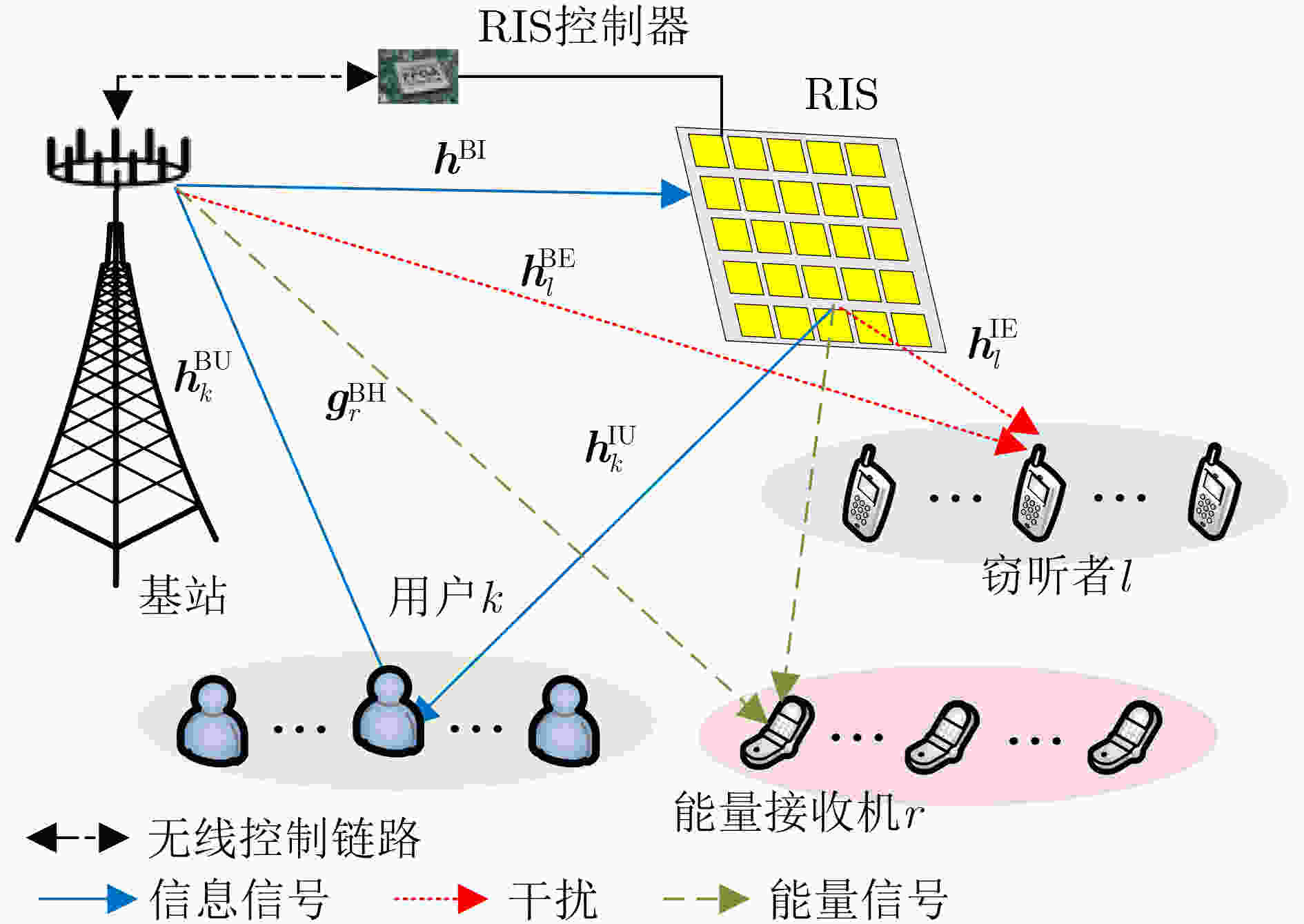
 下载:
下载:
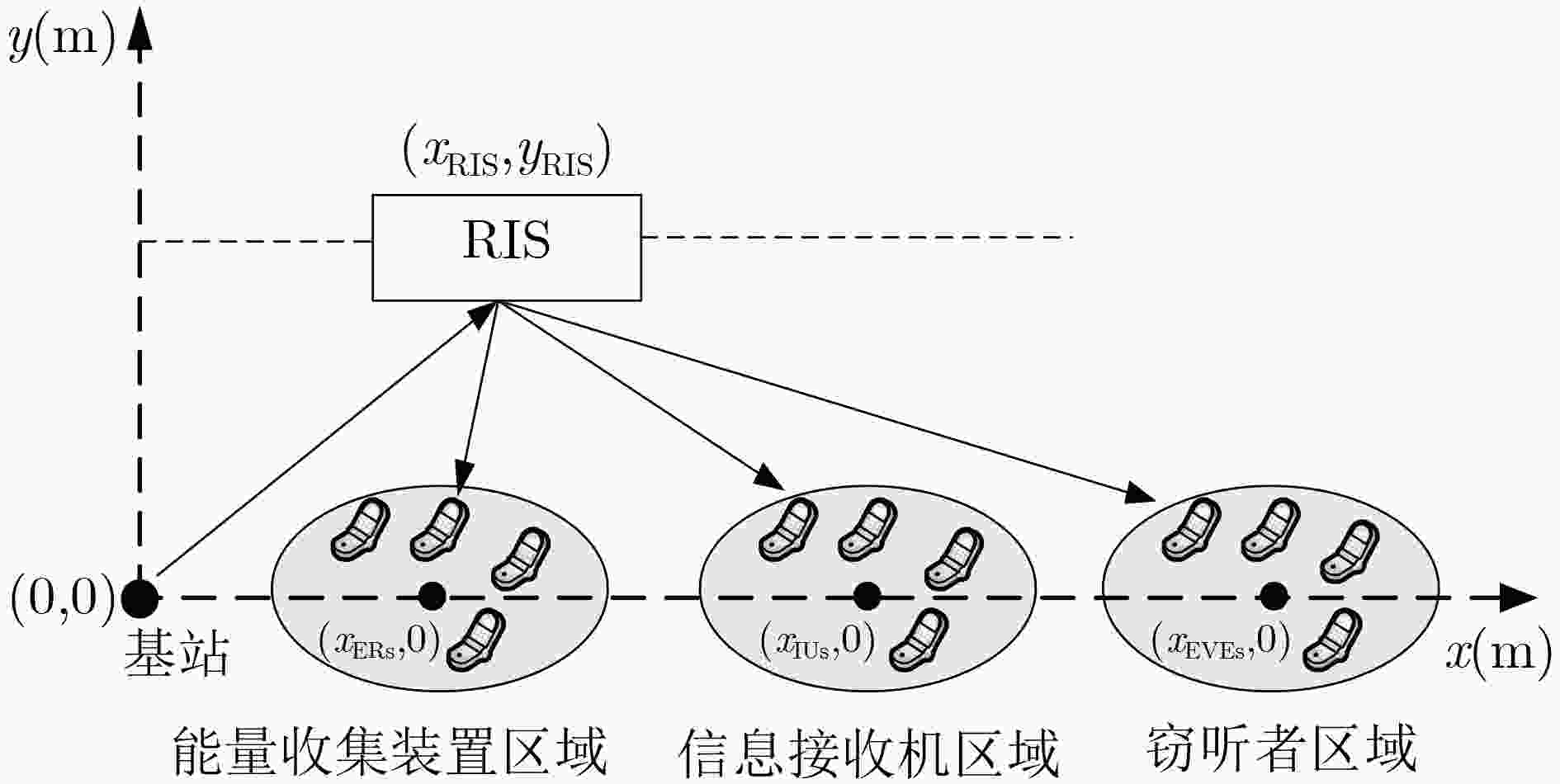
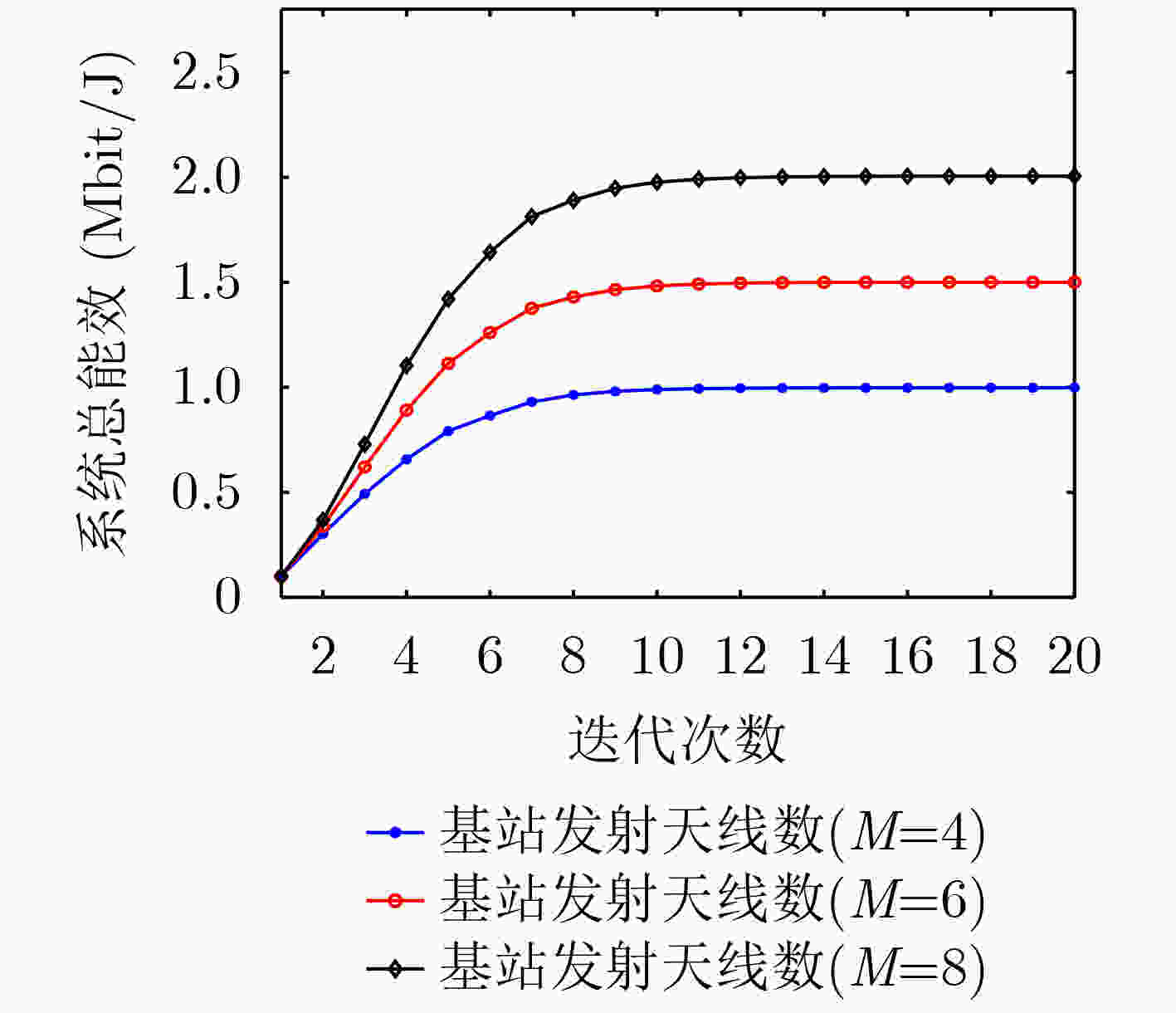
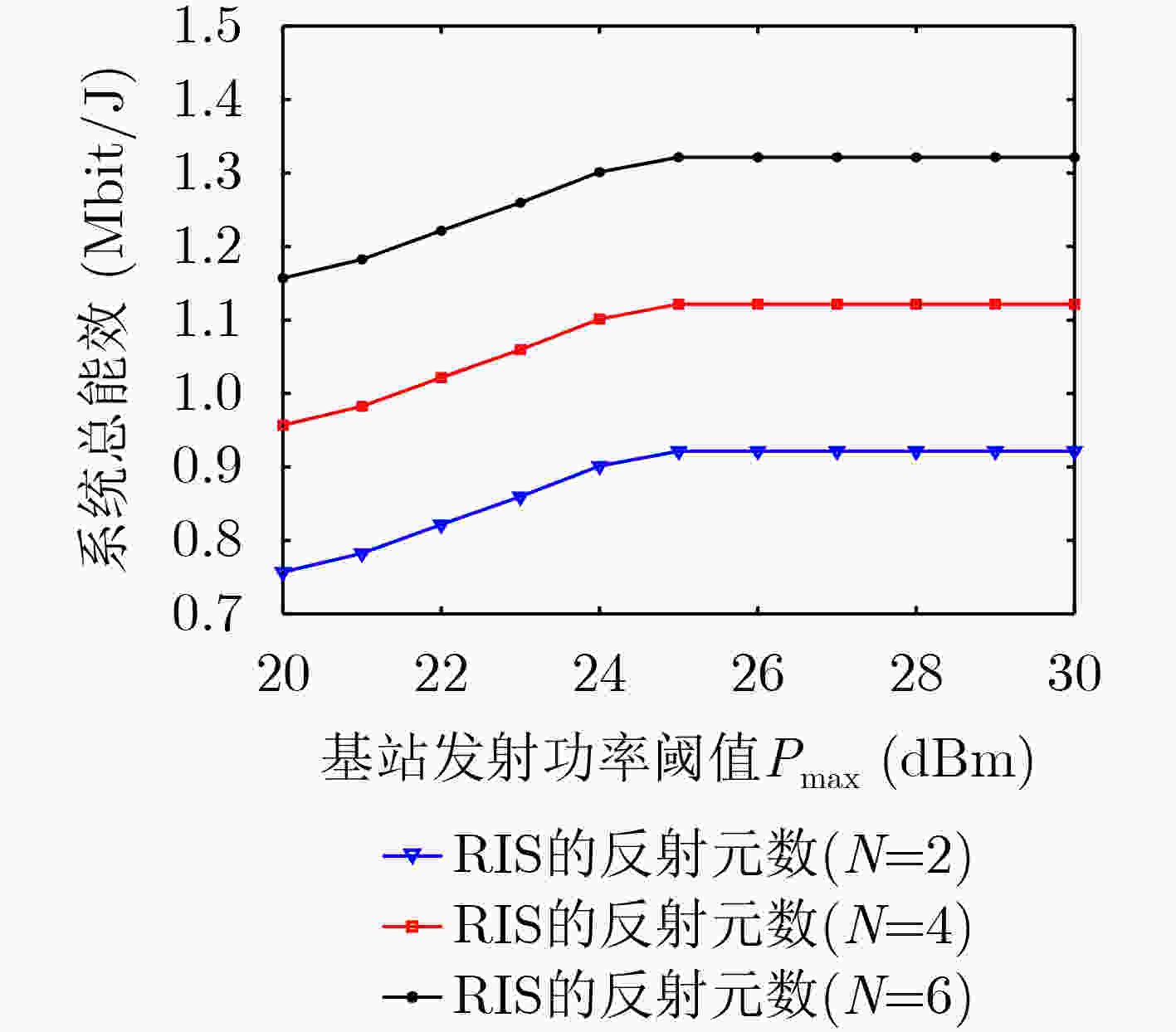
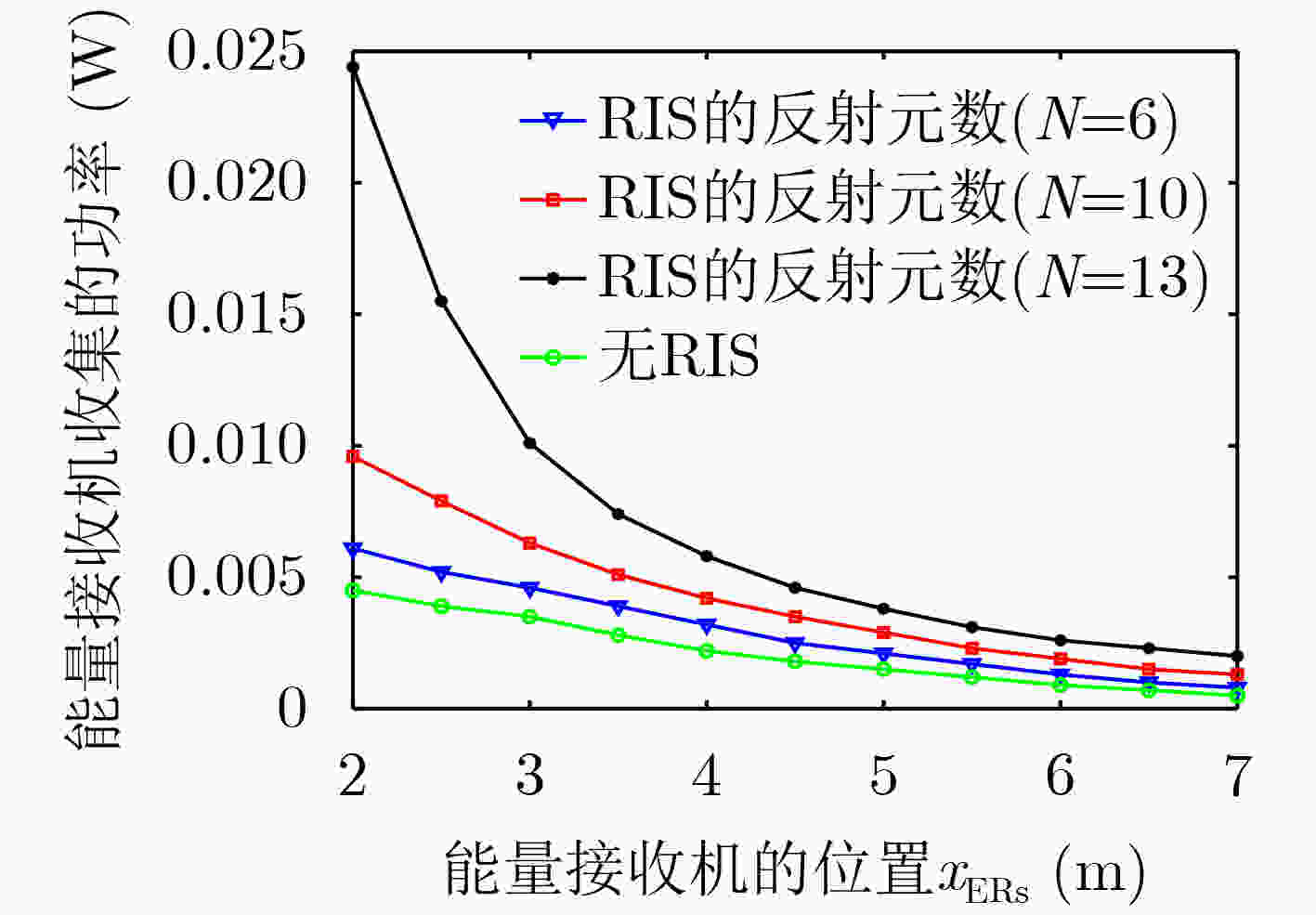
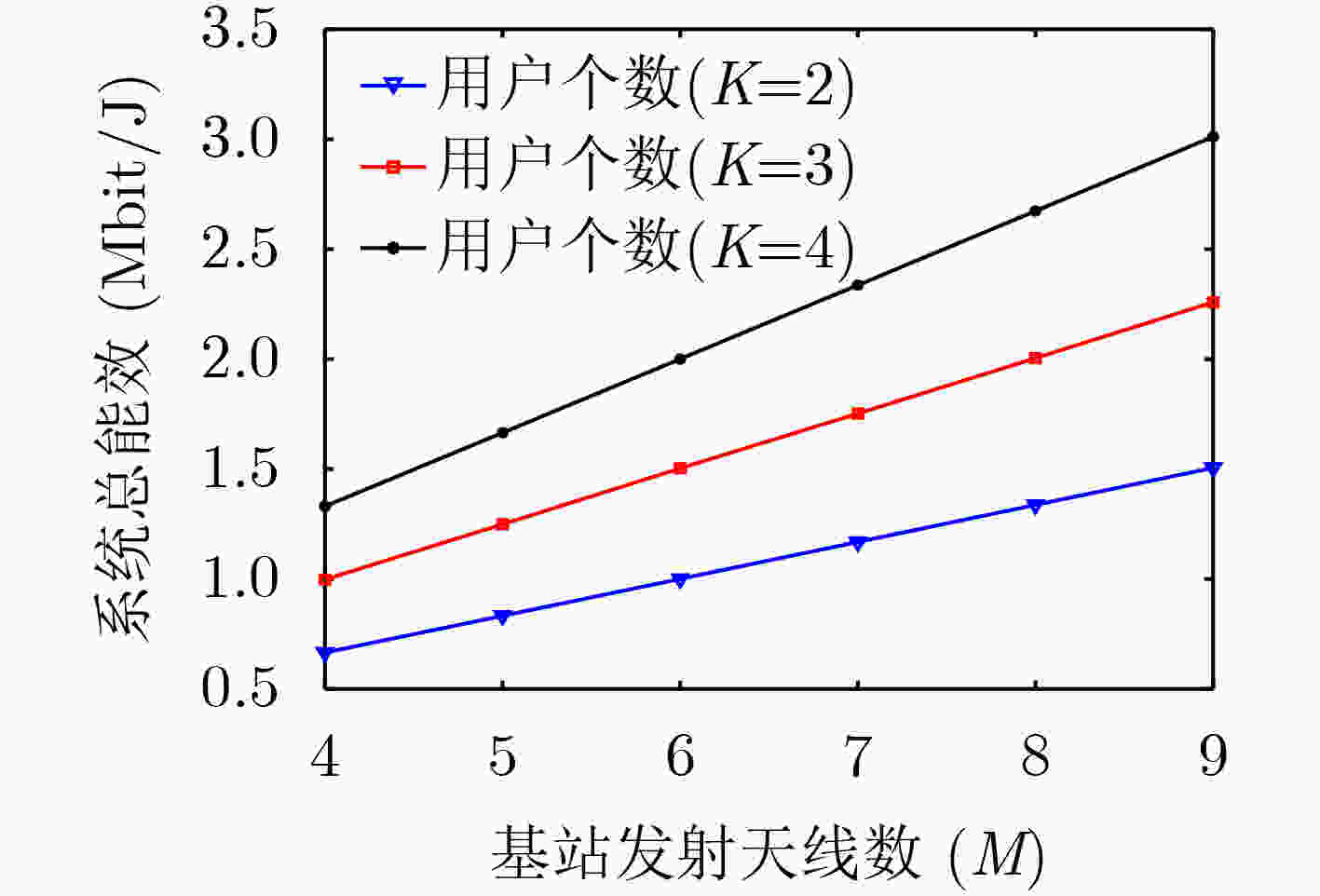
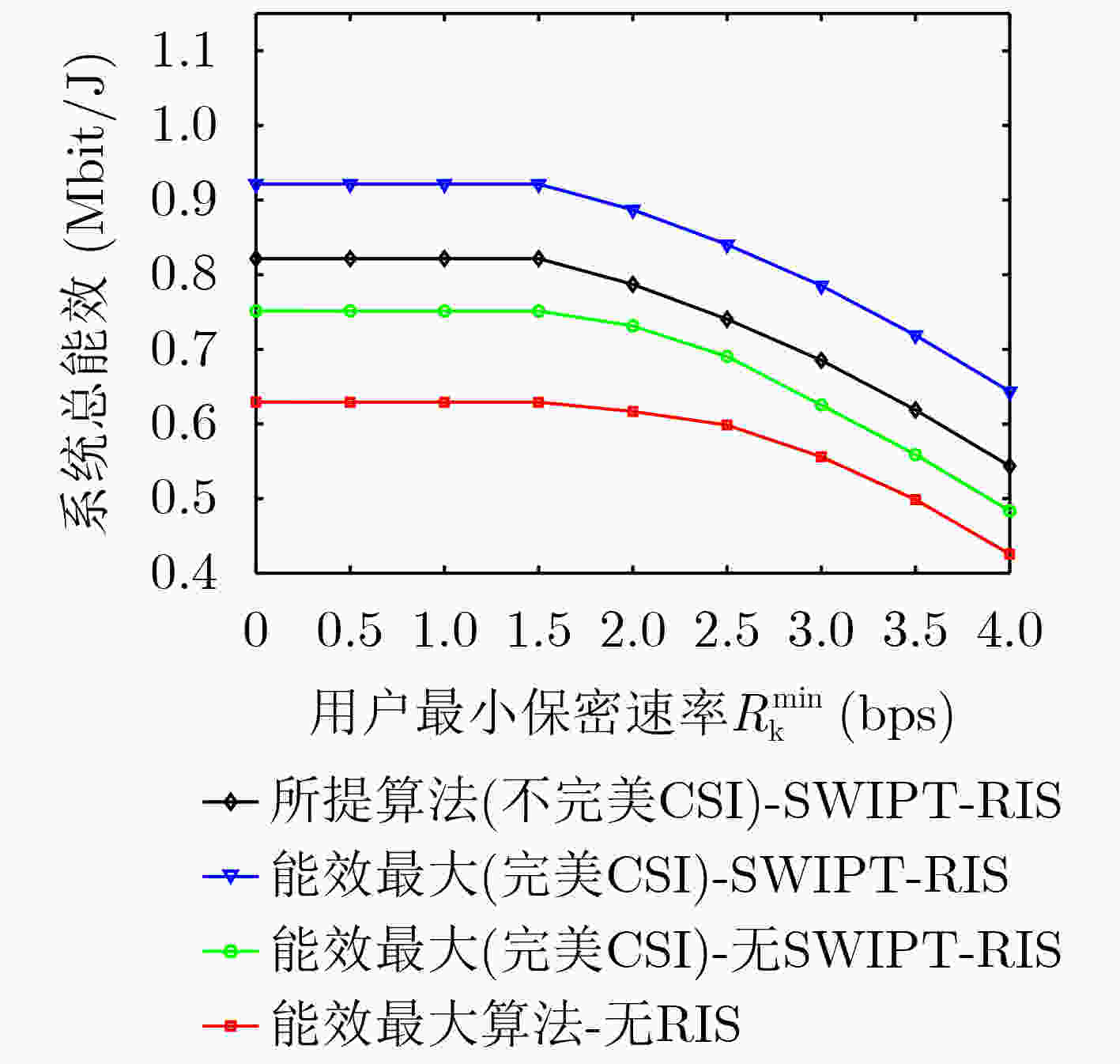
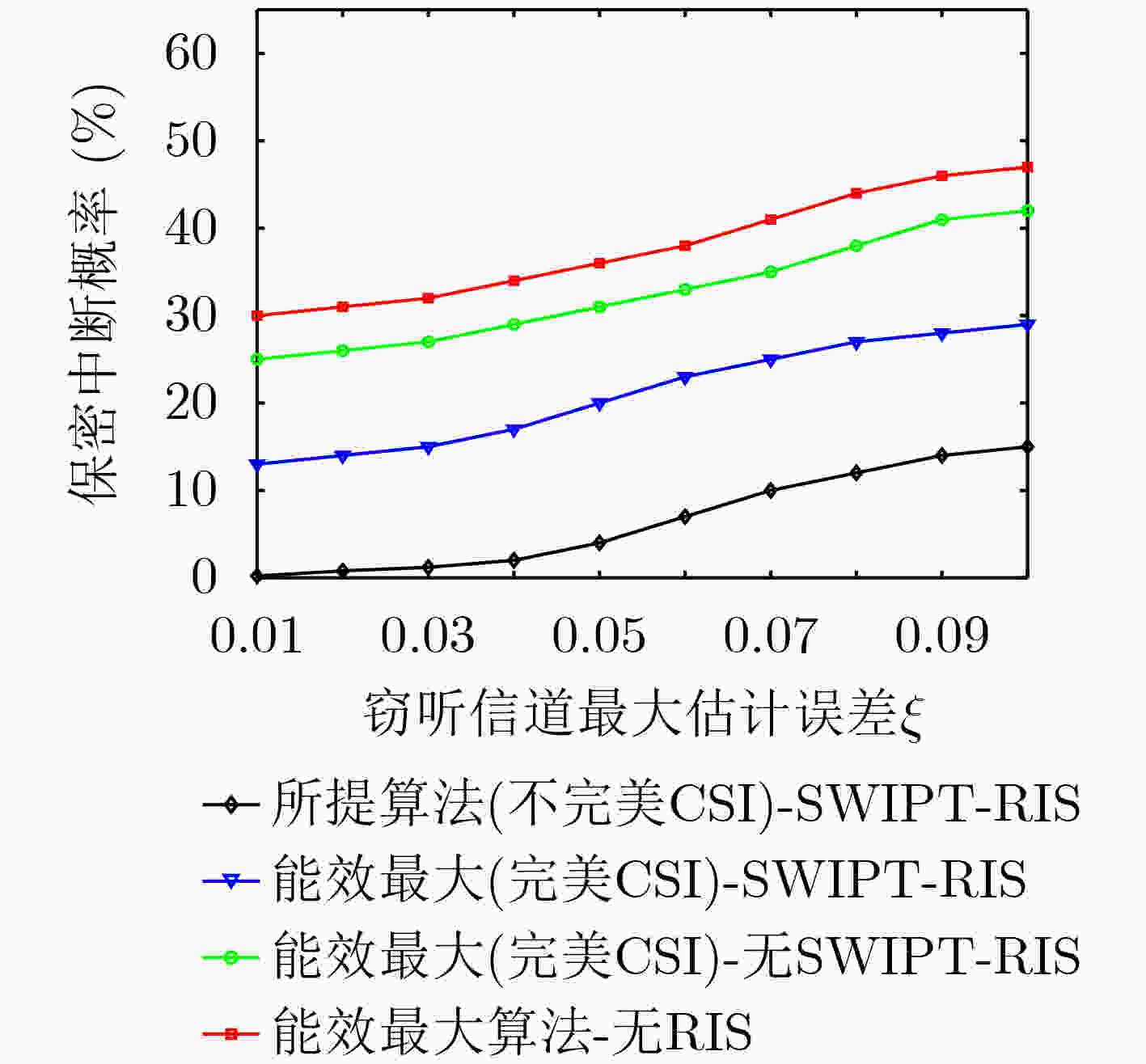


 下载:
下载:
